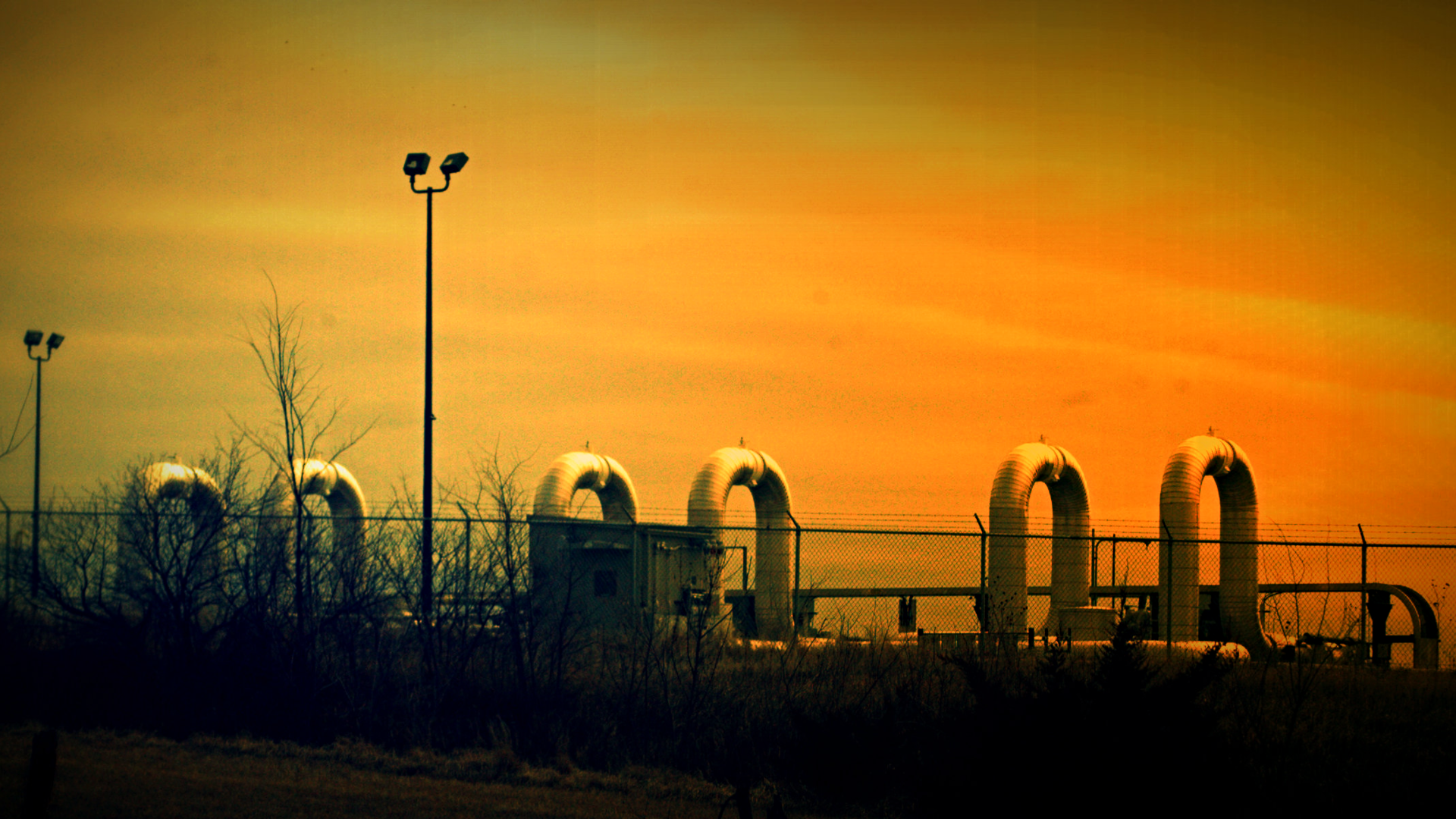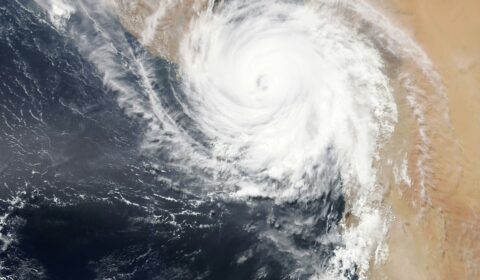The recent study has highlighted the lack of a unified monitoring framework to guide monitoring in the oil sands region, affecting nearby indigenous communities.
The oil sands, colloquially known as the tar sands are a mixture of bitumen, water, sand, and clay. Canada’s Athabasca oil sands are one of the largest reserves of crude oil in the world and hold an estimated 1.7 trillion barrels of bitumen.
The nation is one of the top five countries globally, in terms of oil production and reserves of untapped oil resources. Around 3% of Canada’s GDP comes from its oil and gas industry making it a significant source of income for the nation.
Moreover, an average of 4.7 million barrels per day are exported with a vast majority directed to the United States.
A recently published study sheds light on the shocking revelation that the pollution levels from the oil sands are 1900% to 6300% more than what was reflected in previous reports.
The team of experts measured the air molecules at the oil sands, factoring out the greenhouse gases and tracking only the molecules that were vital to air quality. The molecules that were being monitored were not tracked in previous investigations.
One of the researchers mentioned that the study has since pushed the Environment and Climate Change Canada (ECCC) to cram for improvements to the inaccurate measurement methods used.
In response, a spokesperson from Pathways Alliance, one of Canada’s biggest oil sands companies stated that the ECCC itself set the faulty measurement standards and that opportunities for improvement would be explored together.
The unaccounted emissions were greatly attributed to energy and water consumption used in the process of obtaining bitumen.
The extraction of the substance is difficult compared to conventional light oil due to its viscosity. Hence, this requires more energy than the normal oil to ascertain and further refining processes due to the machinery used, fuel consumption, and higher temperatures.
Additionally, the process is water-intensive which heavily affects the local water resources. Nearby communities are heavily impacted due to the water supply being diverted towards the refineries.
The water has many uses, but the most concerning would be tailing ponds wherein the leftover solution from extraction is stored. These ponds have water constantly pumped into them and when it evaporates, pollutants from the waste materials enter the atmosphere.
Essentially, the study has suggested that the level of emissions from the oil sands is more or less equivalent to the entire chemical output from the rest of Canada, raising concerns about the air quality and public health.
The first people to bear the brunt of the effects of the emissions would be the surrounding indigenous communities who have long faced hardship related to industry. The development of the oil sands has brought about damage to boreal forests and wetlands that continues to escalate today.
Early last year, more than 5.3m litres of water from tailings ponds escaped into the water sources used by these communities – yet they were informed days after the leak was discovered.




















